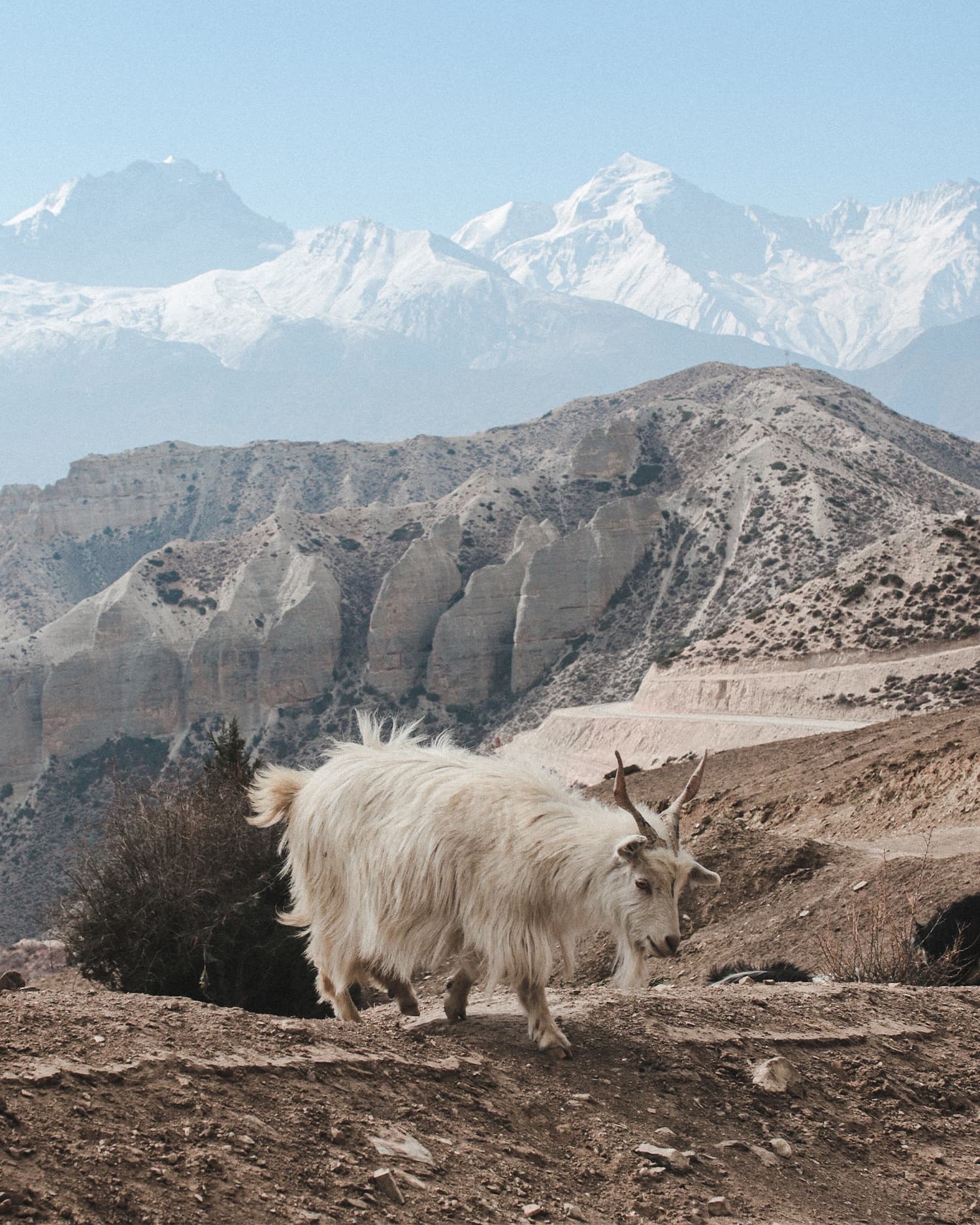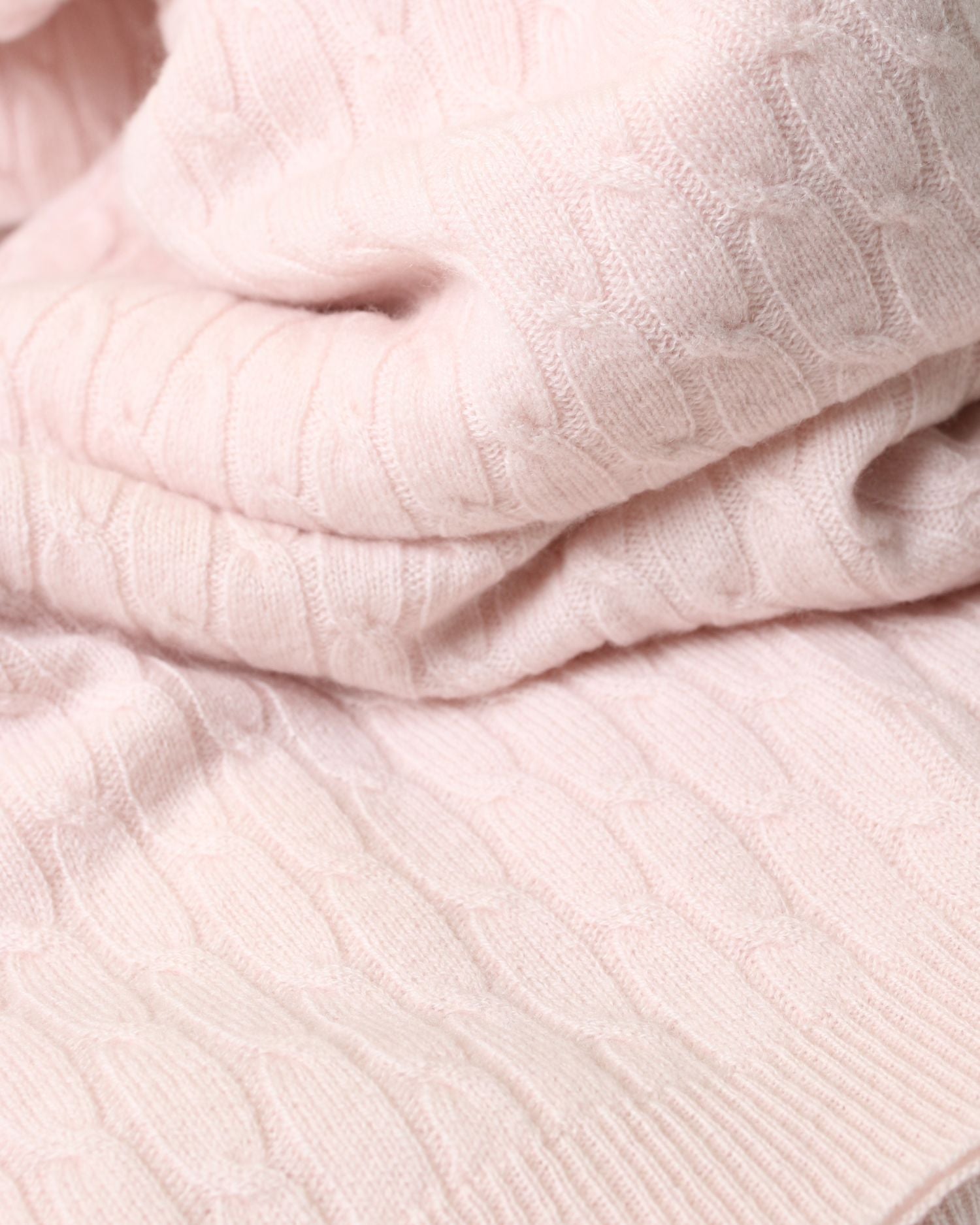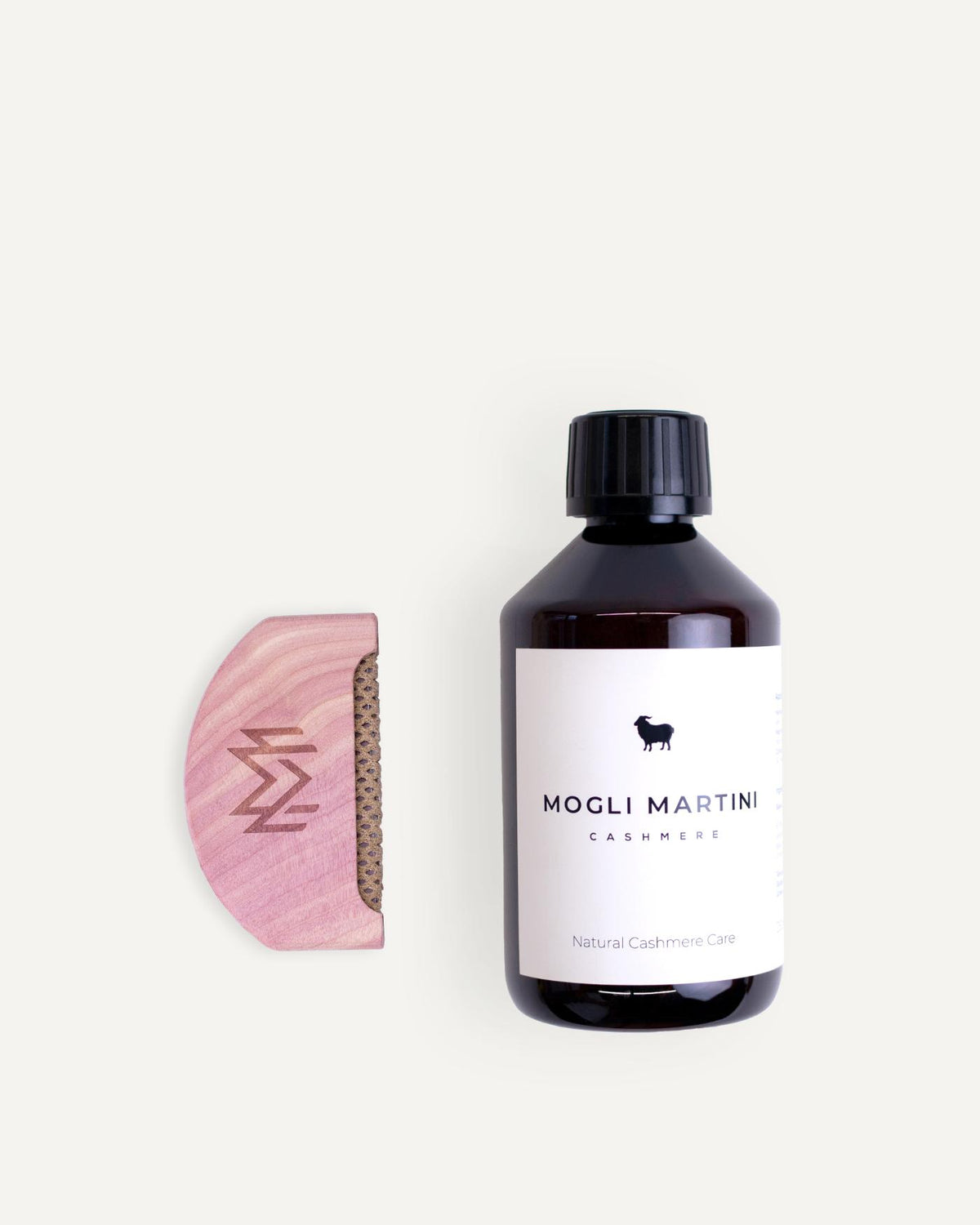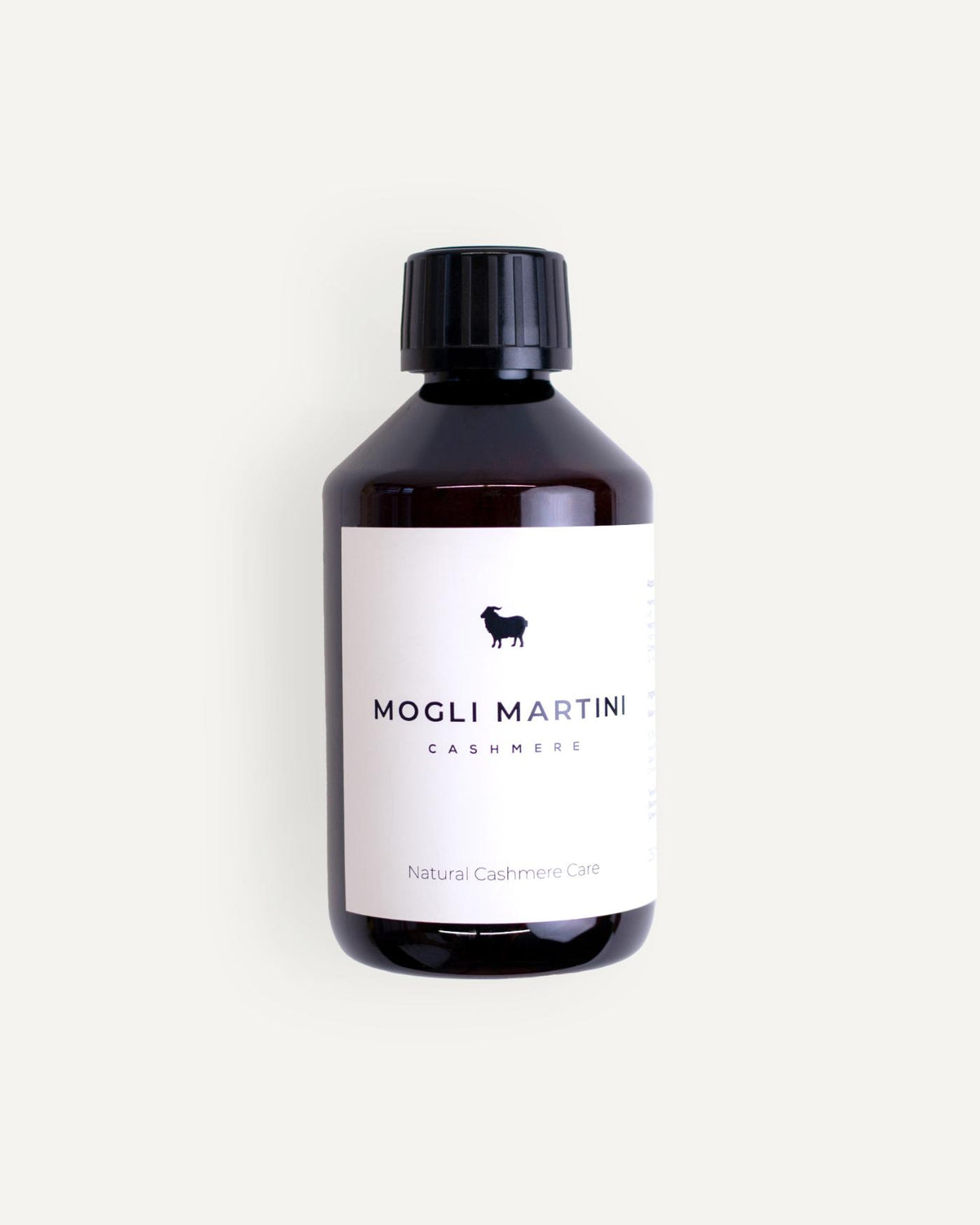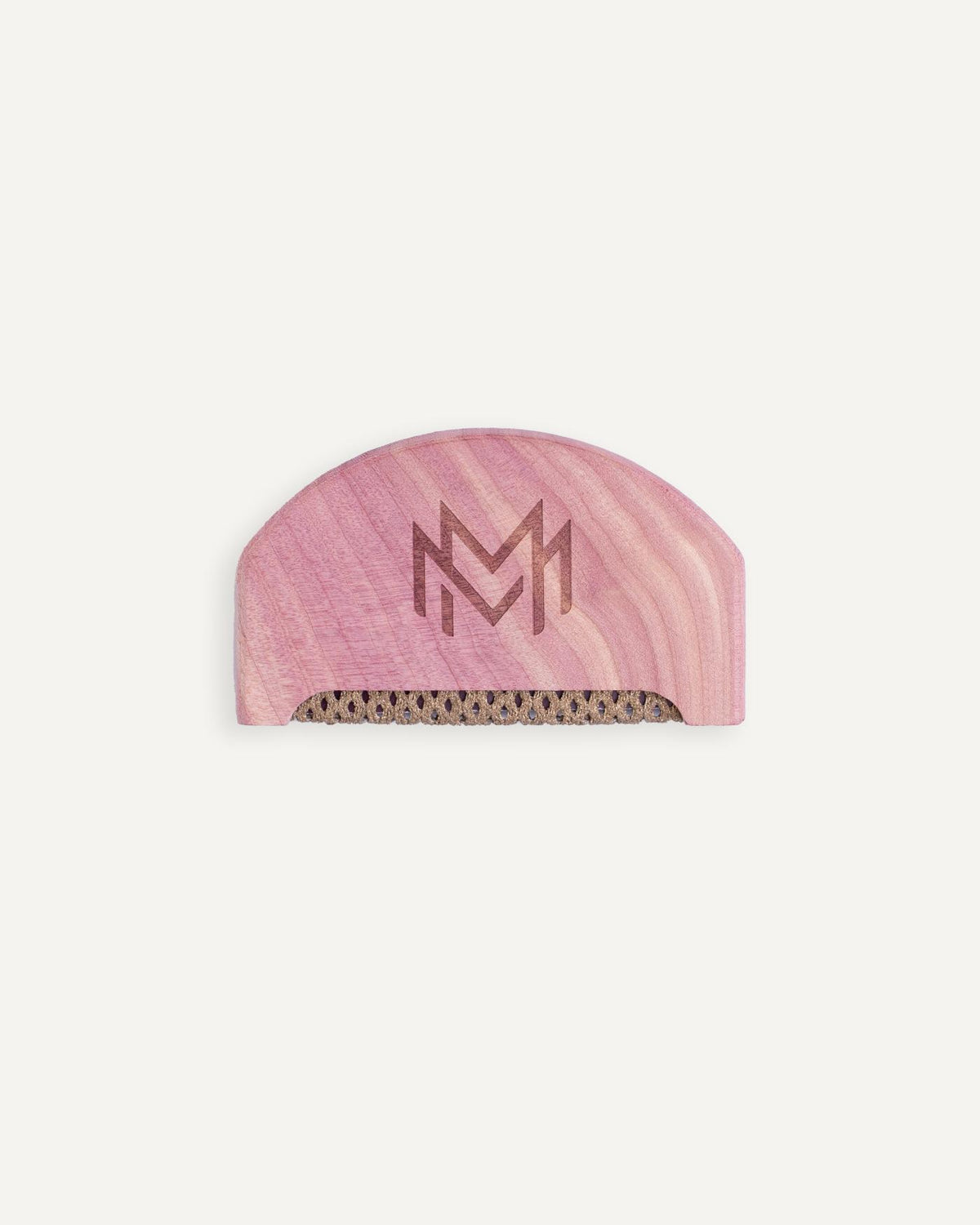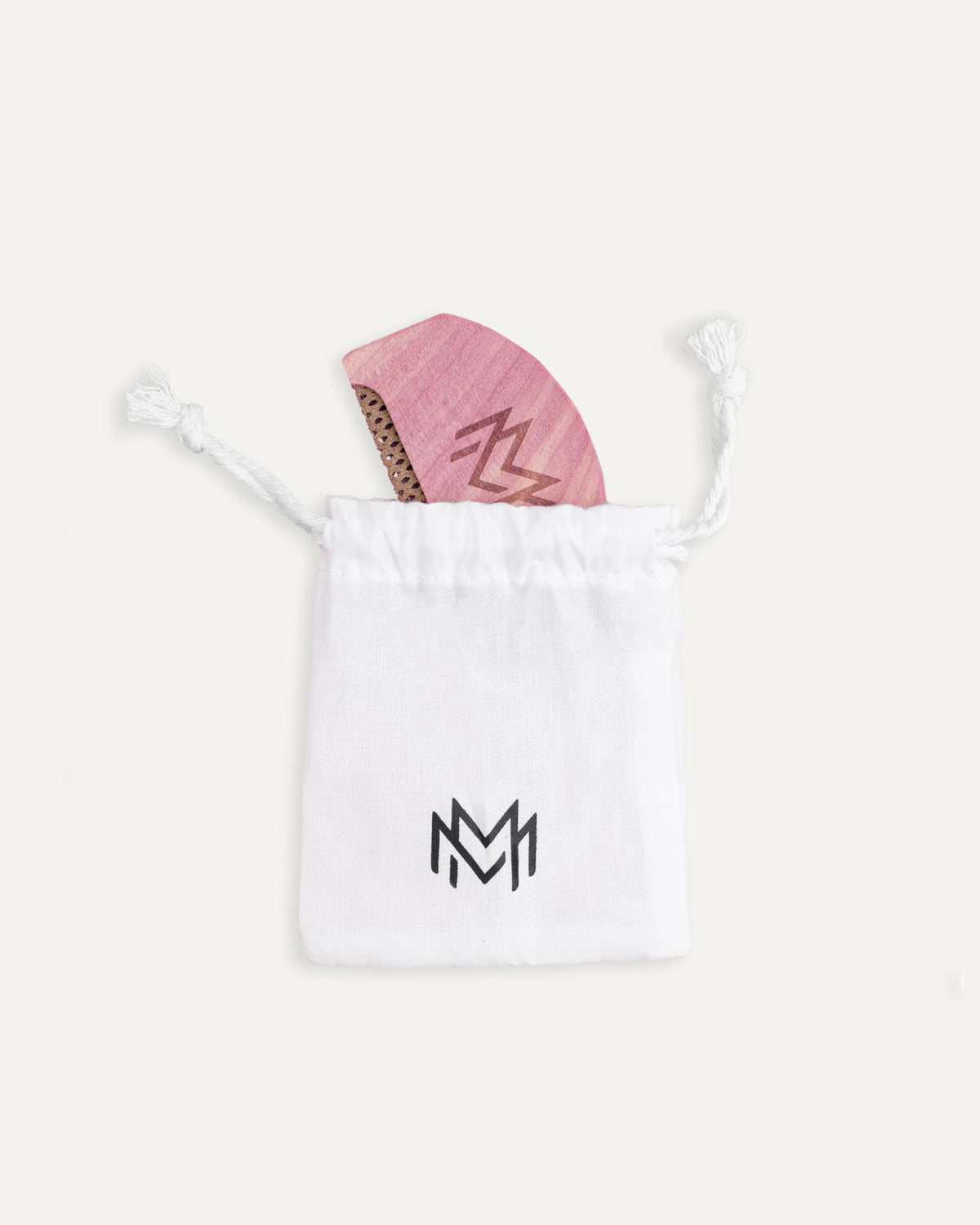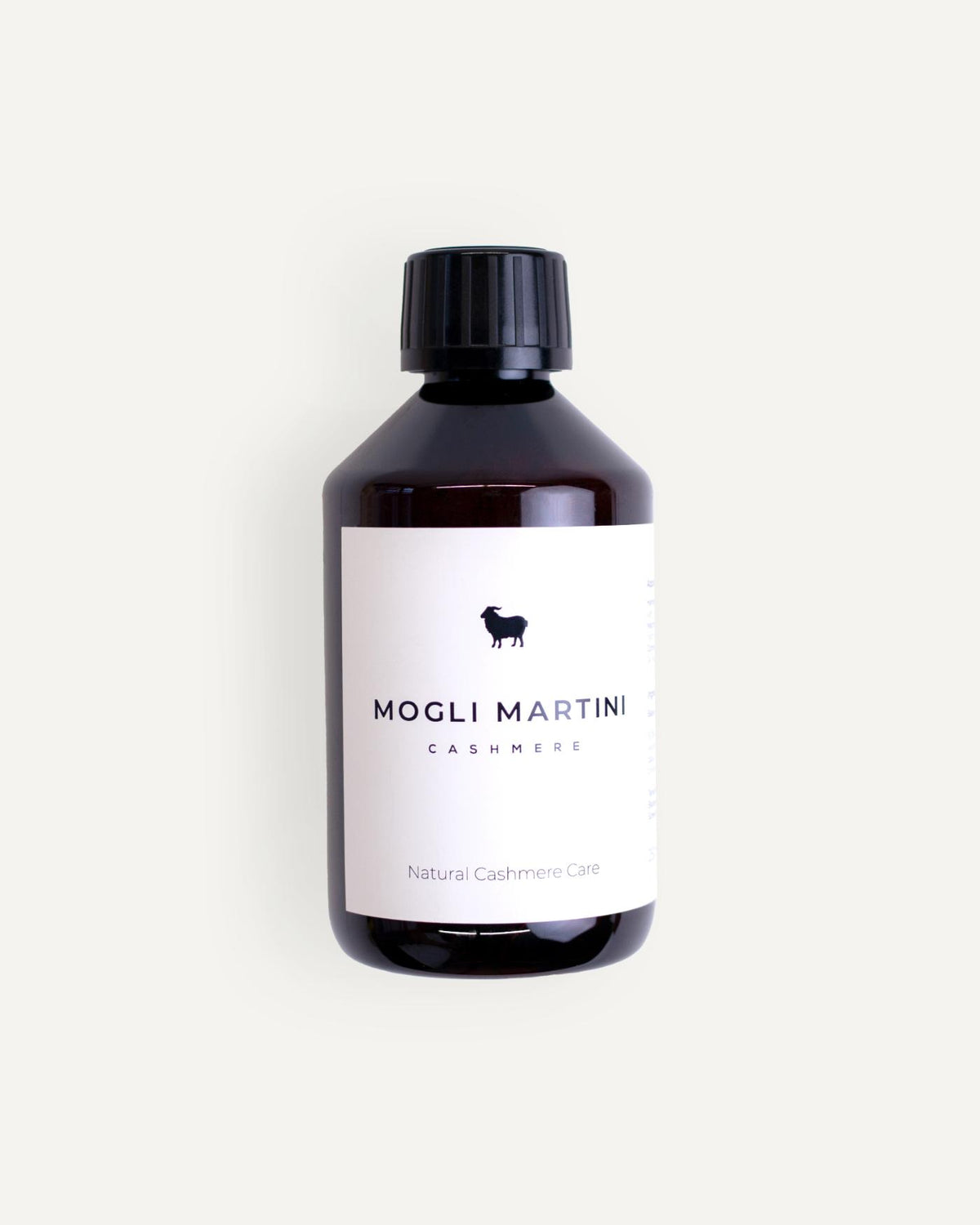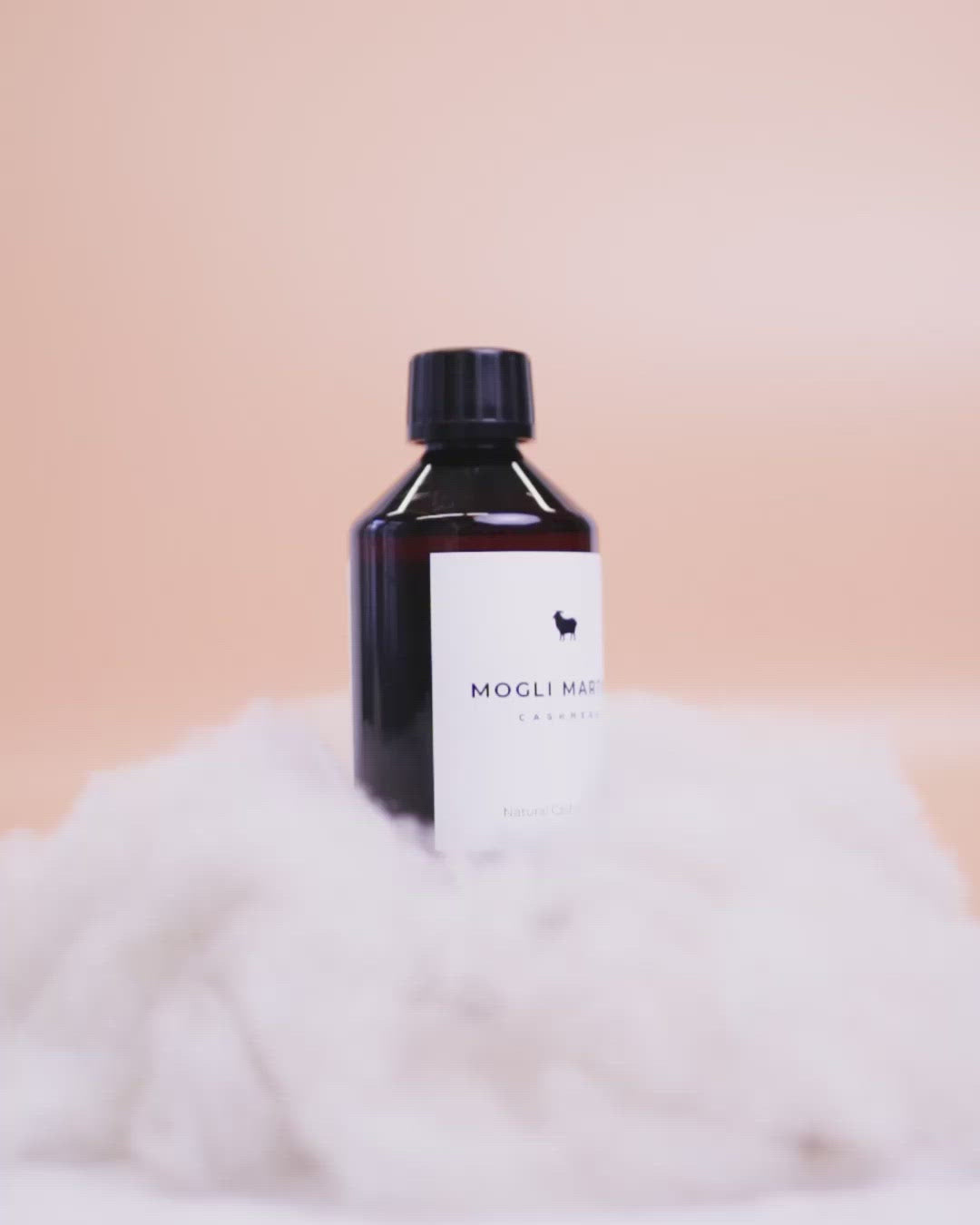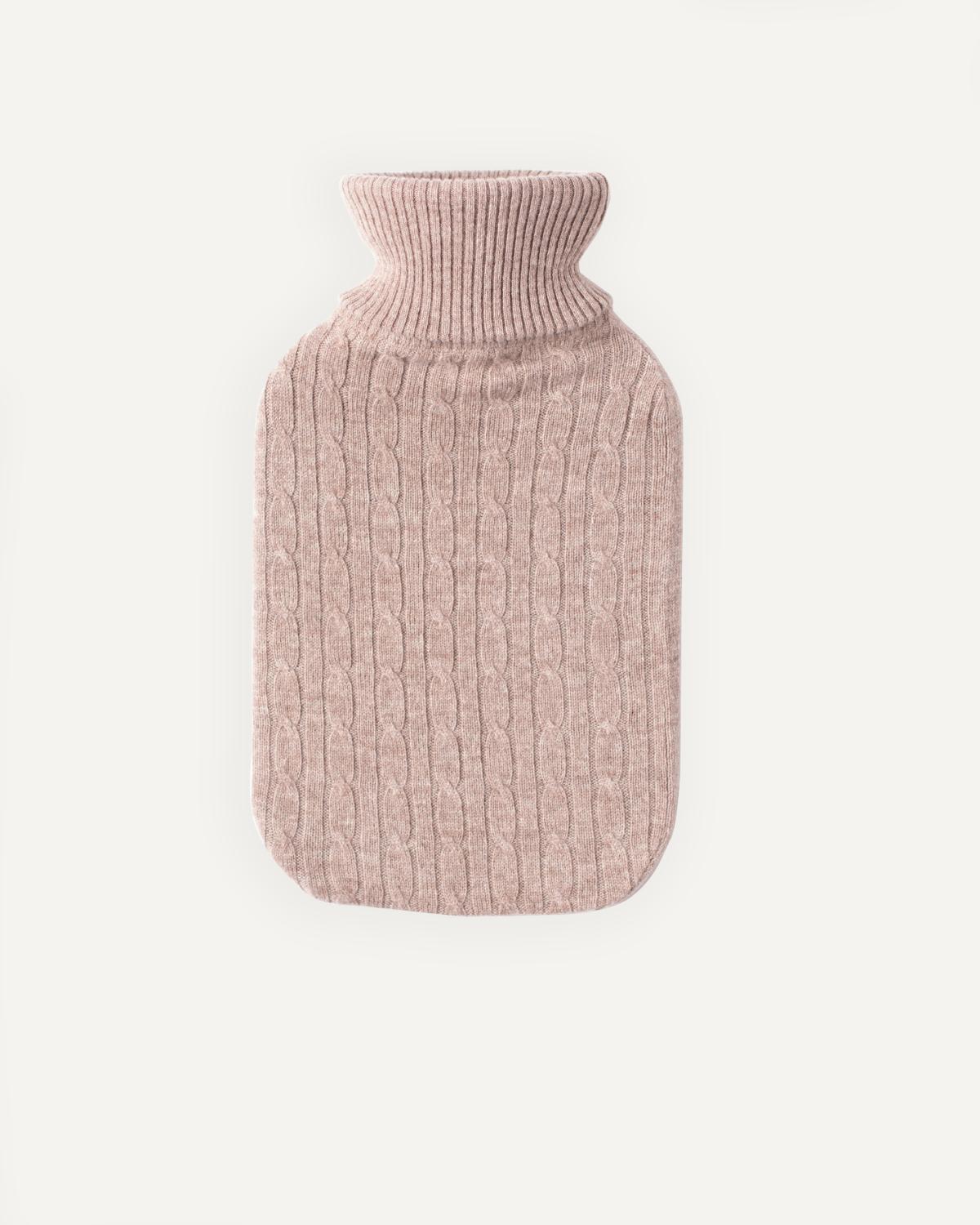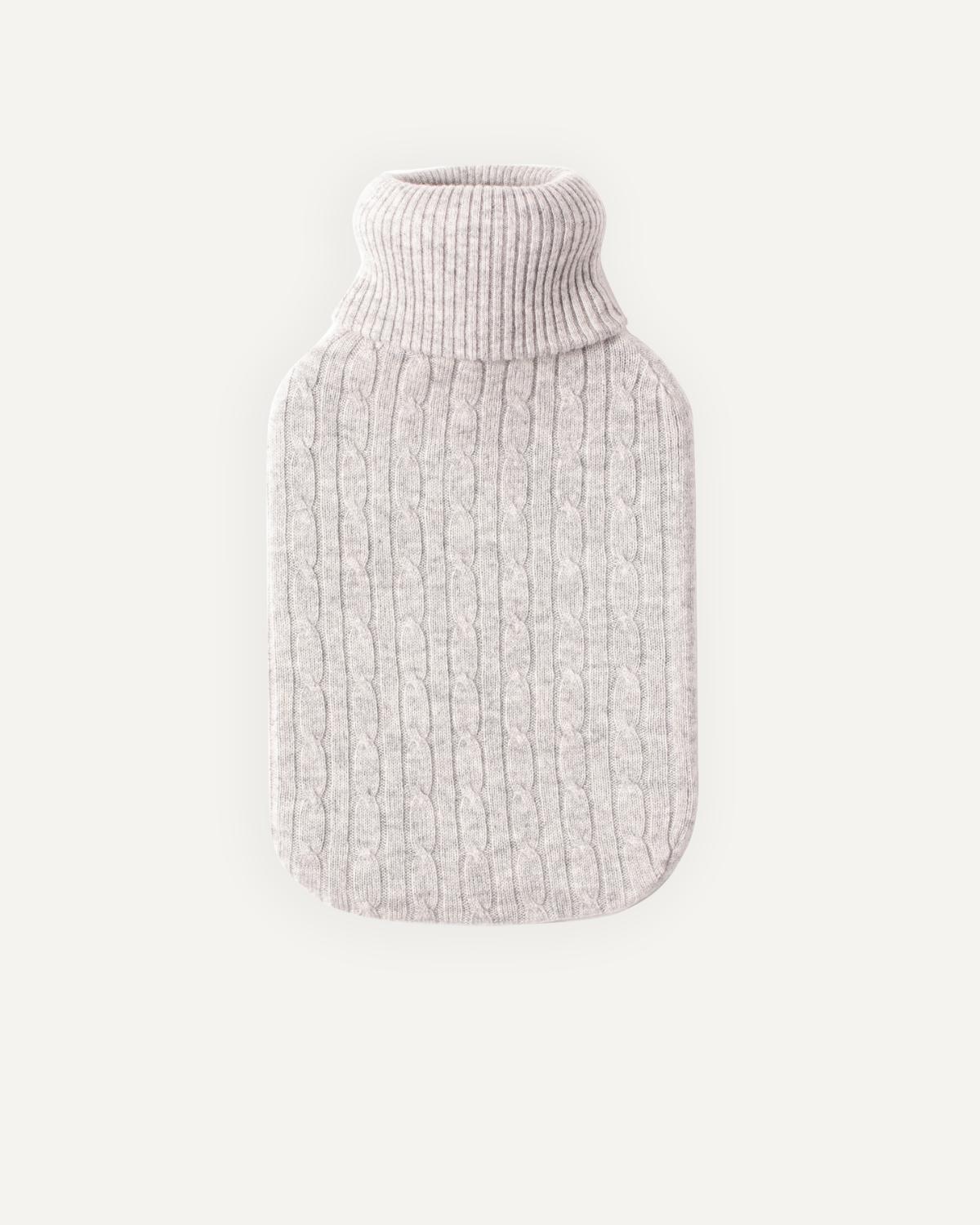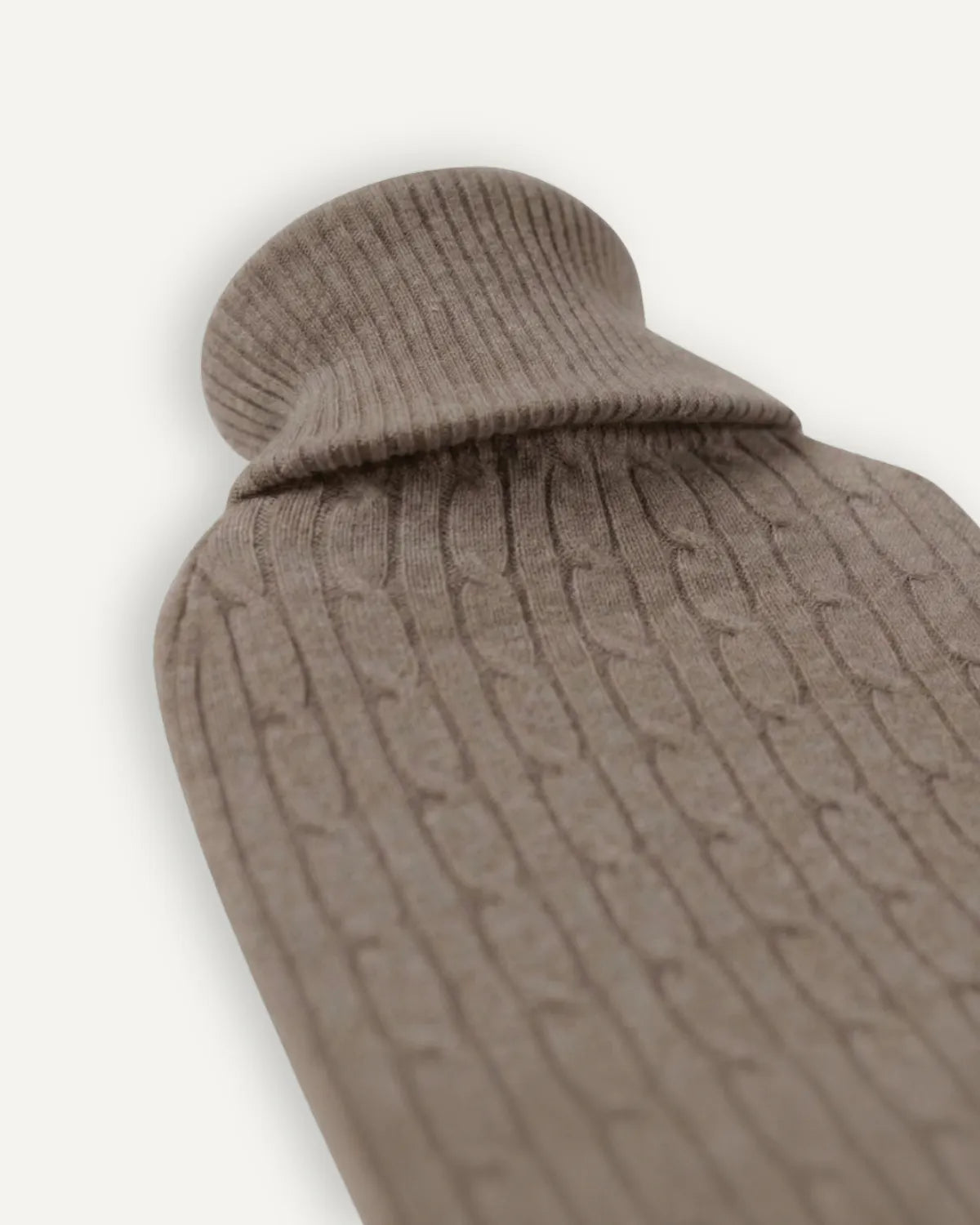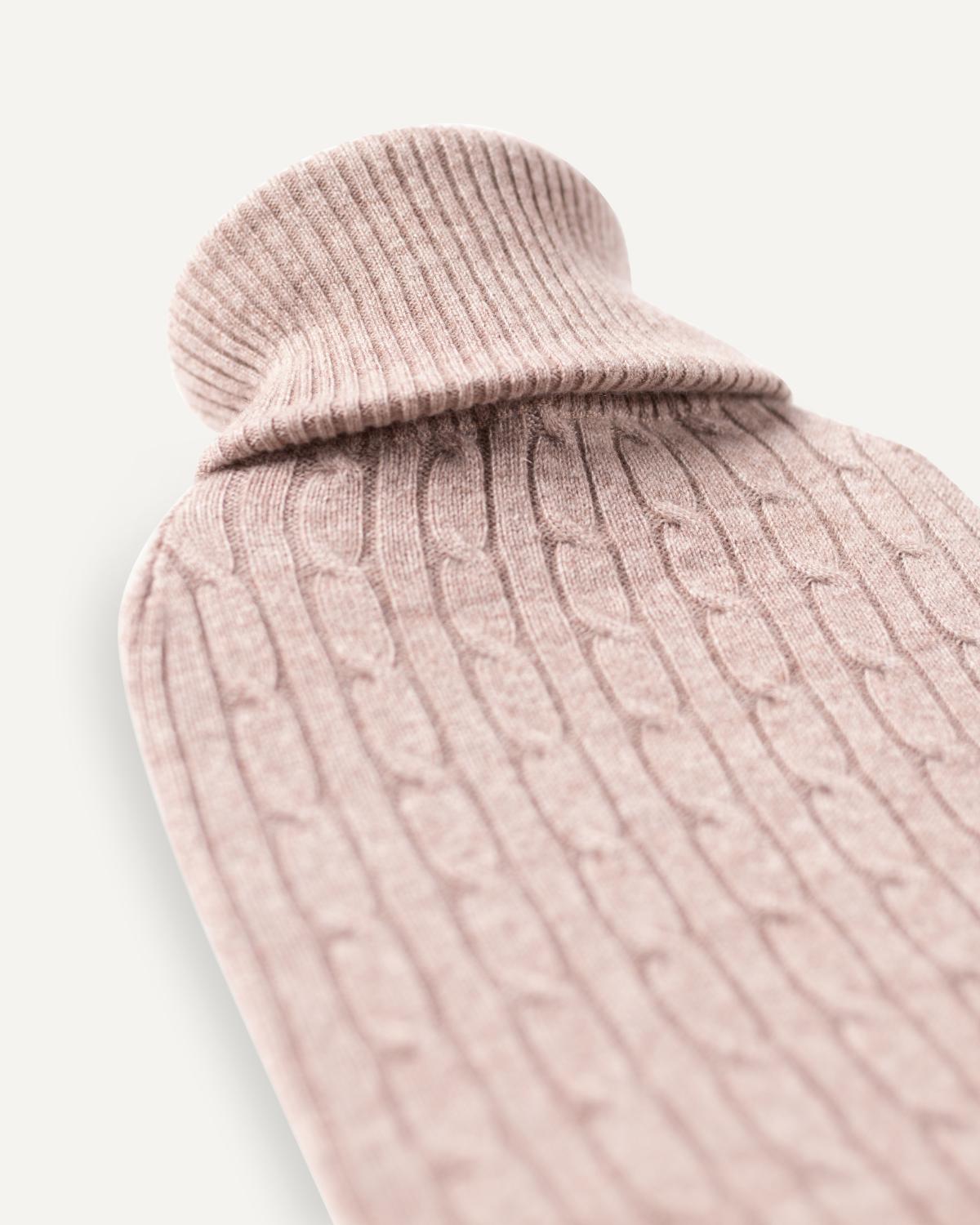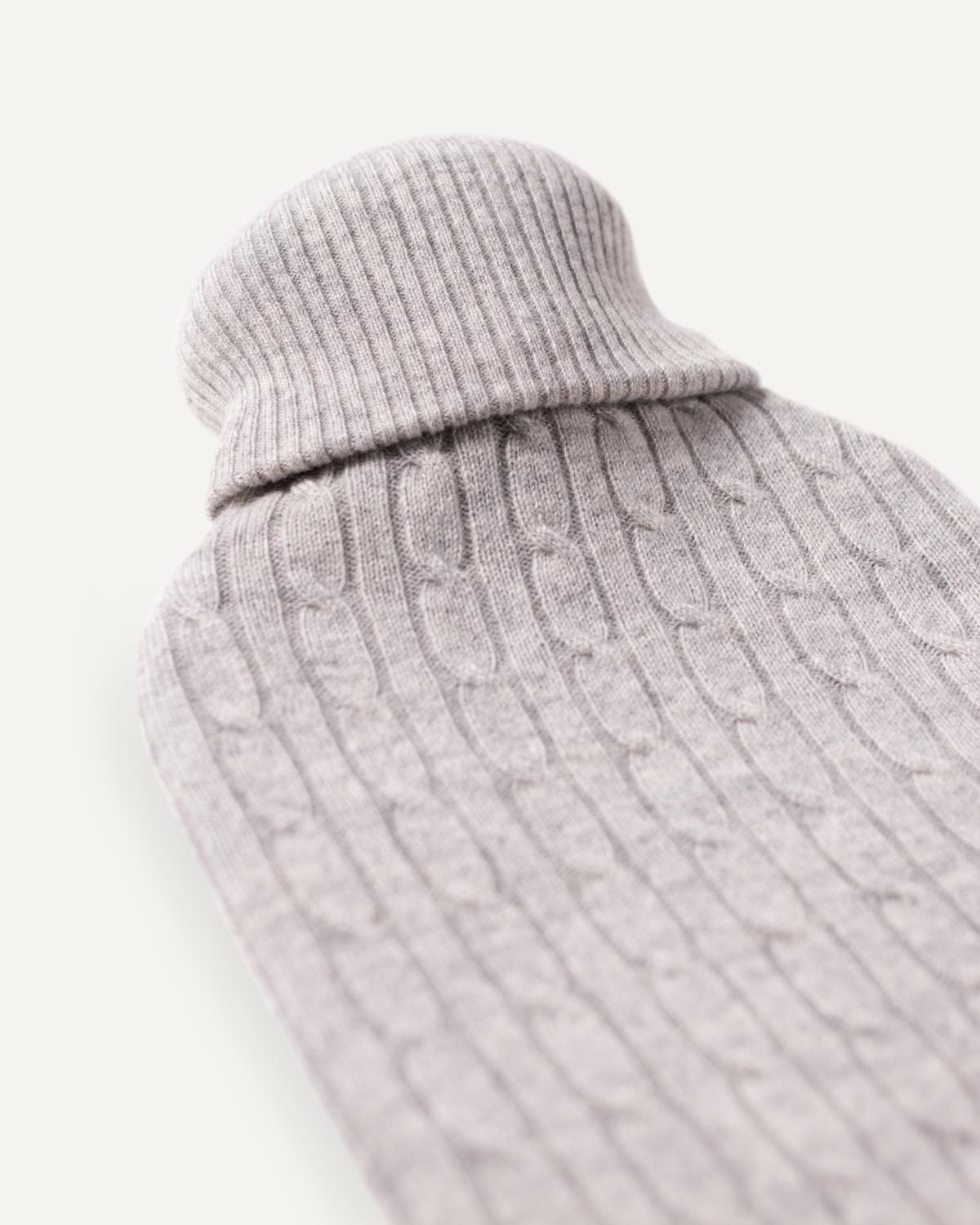Cashmere - where does the luxurious fabric come from? Where does the popular cashmere wool originate? And why is cashmere so expensive? It is not without reason that the precious wool has acquired the status of the king's fibre. The textile has travelled a very long journey that can be traced back many centuries to our wardrobes and the popularity of the fabric today.
We answer all questions about the fantastically soft precious wool here. Come with us on a journey into the past and the origin of cashmere textiles.
Cashmere - where the precious wool originally comes from
All roads lead to Rome - and so does the path to cashmere's past. Legend has it that Julius Caesar already recognised the special qualities of this precious wool. Cashmere wool is said to have been highly valued even in ancient Roman times. The actual origin of the luxury material , however, goes back much further in history: as early as 1,000 BC , nomadic shepherd peoples of the mountainous plateaus of Central Asia coveted the natural raw material of their goats.

If you fast-forward a little in contemporary history, you will also find the predilection for the extraordinary textile in the history of the early 16th century. Under the reign of Zahir ad-Din Muhammad Babur, a descendant of Timur and Genghis Khan, the art of cashmere weaving developed so rapidly that around 60,000 workers were employed in the northern province of the Indian Empire to extract the precious cashmere fibre. For a long time, however, the luxurious fibre was reserved only for royalty. This also shaped the nickname of cashmere as the "fibre of kings". In the second half of the 17th century, a great mogul of the Indian empire founded numerous trading posts in Europe, thus opening the way for the precious wool to Europe.
It was not until the beginning of the 19th century that the entire European elite came to enjoy cashmere wool. At that time, the noble textile was still an exclusive possession of the rich and powerful. In the following decades, Empress Eugenie, the wife of Napoleon III, helped the precious textile to achieve a hitherto unrivalled popularity in Paris and throughout Europe. Due to the immense demand, the value of cashmere fibre increased immeasurably. In the course of the 19th century, cashmere developed into an indispensable part of the ladies' wardrobe of the European moneyed aristocracy.
There were even times when the price of a cashmere shawl exceeded the value of a horse-drawn carriage....
Where is cashmere made?
Today, Mongolia and China are by far the largest producing countries. Furthermore, the production of cashmere has a long tradition in Iran, Afghanistan, Pakistan, India and Nepal. There are now also large farms outside Asia in Australia, New Zealand and Scotland. Due to the lack of altitude and less extreme temperature fluctuations in these countries, the quality of the cashmere fibre from these regions is less pronounced.
The name of the precious wool is derived from the state of the same name in the north-westernmost part of India. Throughout history, the region has become an important crossroads of major caravan routes and formed an important bridge and junction between the Near East, Central Asia and South Asia. Today, the area is claimed equally by India, Pakistan and China due to its strategic location.

How is the precious wool obtained?
The noble cashmere wool comes from the undercoat (duvet) of the floppy-eared and horned cashmere goats, which before their current distribution were exclusively native to the high plateaus of Central Asia, where they lived in small herds. The natural colours of the magnificent coat of cashmere goats are white, grey, brown and black. The goats do not belong to individual breeds in their area of origin, but form breed groups that are distinguished by the characteristics of their undercoat.
Different types of cashmere result from the different fibre structures of the approximately 20 different subtypes of the cashmere goat. The fibre structure is shaped by the prevailing climate in the respective region. Cashmere goats from the Himalayan mountains, for example, have an above-average soft and fine undercoat to protect themselves from the icy temperatures of the mountain ranges.

And which cashmere is the best? That's not so easy to answer across the board. Apart from the different properties of the cashmere fibre, the processing into yarn and further production of the textiles also have a decisive influence on the quality. You can read more about this in our article "Cashmere - properties and extraction of the precious wool".
Basically, one can say that the yield from the fine duvet (undercoat) is better and larger the colder the winter was. On average, a cashmere goat produces only about 150 to 200 grams of downy hair per year. The question of why cashmere is so expensive arises from the natural scarcity of the fibre and the strong demand for the luxury material. The fabric is also highly complex to produce.

The annual yield of approx. 2-5 animals is needed to produce a jumper from pure cashmere. By comparison, the yield of sheep's wool from one animal can produce more than 10 jumpers on average.
There are only about 100 million cashmere goats on our planet. The annual share of cashmere wool in the world market is far less than 0.05% of global fibre consumption.
How do cashmere goats feel most comfortable?
The largest mountain range on our planet - the Himalayas - is characterised by a length of a good 2,500 km from Pakistan to the Indian-Chinese border region in Arunachal Pradesh and an altitude of up to over 8,000 metres. Here, the Kashmir goats live at an altitude of around 4,000 metres.
In the course of time, cashmere goats have naturally adapted to the extreme cold of their home country in the winter months: the animals protect themselves with a loose fleece of long and relatively coarse hair, the so-called grannish hair. Underneath this grows a very soft, fine, smooth and warming downy hair, the duvet. The actual cashmere wool is obtained from this duvet.

Today, most of the animals live in the People's Republic of China and Mongolia. After 1970, large cashmere goat farms were also established in Australia and New Zealand to house the goats. In Europe, mainly white goats are bred, as white wool can be dyed as desired.
At the beginning of the 19th century, a billy goat from India was donated to the Paris Zoo and eventually became the progenitor of French goat breeding. However, the original plan to establish its own cashmere goat breeding in France failed.

If the goats are kept in (too) large herds, it is impossible to give each goat sufficient care and attention. Animal welfare activists therefore rightly argue that this type of breeding can often lead to the following problems:
- The fine hairs of the undercoat are not combed out gently.
- Instead, the fur is shorn, which can cause the cashmere goats a lot of stress.
- They are also often clipped too early and too often, which can trigger diseases.
As a rule, this kind of handling is not the case when keeping smaller herds. Here, the natural way of life of the goats is respected. Therefore, it is advisable to inform yourself extensively about where exactly your cashmere jumper comes from. Without exception, the welfare of the animals should be given the same priority as the quality of the wool.
For the production of our cashmere textiles, the undercoat of the cashmere goats is carefully combed out by hand. We have the utmost respect for the work of the shepherds and the natural environment of the goats. For more information, please do not hesitate to contact us!
